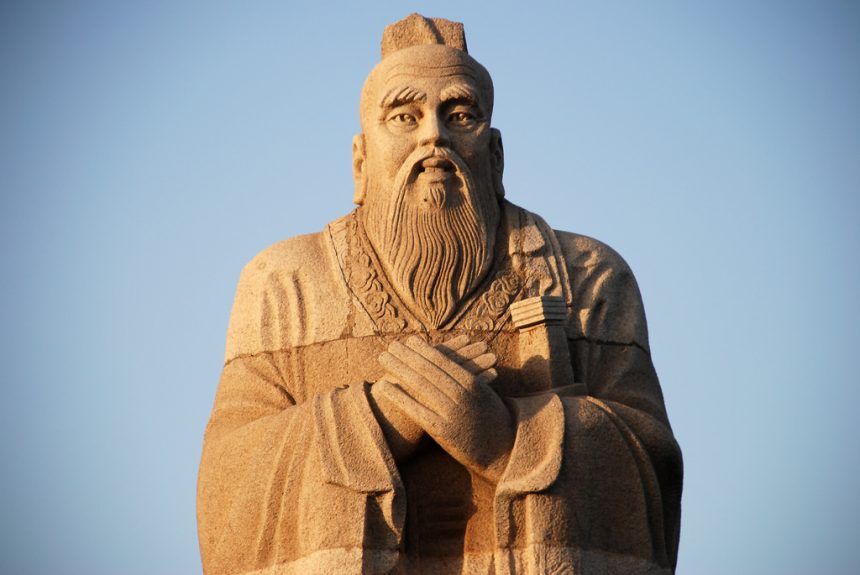Asia, a continent rich in history and tradition, is home to some of the most captivating mythologies and folklore. Passed down through generations, these stories serve as cultural touchstones, offering insights into the values, beliefs, and spiritual traditions of various societies. From gods and mythical creatures to heroic legends and cautionary tales, Asian folklore continues to inspire art, literature, and modern storytelling.
Mythologies Across Asia
1. Chinese Mythology: The Celestial Order and Legendary Heroes
Chinese mythology is deeply rooted in Taoist, Confucian, and Buddhist traditions. It is characterized by cosmic battles, divine rulers, and mortal heroes.
- The Jade Emperor and the Heavenly Bureaucracy
The Jade Emperor is one of the most important deities in Chinese mythology, overseeing heaven and earth. He is believed to maintain cosmic balance, assigning deities to various celestial and earthly duties. - The Legend of Hou Yi and Chang’e
One of the most famous myths tells the tale of Hou Yi, a great archer, and his wife Chang’e. When ten suns appeared in the sky, scorching the earth, Hou Yi shot down nine of them, saving humanity. As a reward, he received an elixir of immortality. However, Chang’e drank it and ascended to the moon, where she resides to this day. This story is celebrated during the Mid-Autumn Festival.
2. Japanese Mythology: Kami and the Creation of Japan
Japanese mythology is shaped by Shinto and Buddhist traditions, emphasizing the connection between nature and spirituality.
- The Creation of Japan: Izanagi and Izanami
According to legend, the deities Izanagi and Izanami created the Japanese islands by stirring the ocean with a sacred spear. When drops of water fell from the spear, they formed the first landmass. Izanami later gave birth to various deities, including Amaterasu, the Sun Goddess, who became the ancestor of Japan’s imperial family. - The Tale of Momotaro
A beloved folk hero, Momotaro, was a boy born from a peach. Raised by an elderly couple, he grew into a brave warrior and set off to defeat the Oni (demons) terrorizing the land. Along the way, he befriended a dog, a monkey, and a pheasant, who helped him in his quest. His story symbolizes courage, unity, and perseverance.
3. Indian Mythology: Epics of Gods and Demons
Indian mythology is rich with Hindu, Buddhist, and Jain traditions, featuring divine beings, cosmic battles, and moral lessons.
- The Ramayana: The Journey of Prince Rama
One of the most influential Hindu epics, the Ramayana, narrates the adventures of Prince Rama, his wife Sita, and his loyal companion Hanuman. When Sita is kidnapped by the demon king Ravana, Rama, with the help of an army of monkeys, wages war to rescue her. The story embodies the ideals of duty, honor, and devotion. - The Mahabharata: The Great War and the Bhagavad Gita
The Mahabharata is another grand epic that tells of the Kurukshetra War between the Pandavas and the Kauravas. Within this epic, the Bhagavad Gita, a sacred Hindu scripture, unfolds as Lord Krishna imparts wisdom to the warrior Arjuna about duty, righteousness, and destiny.
4. Southeast Asian Folklore: Spirits and Supernatural Beings
Southeast Asian folklore reflects a blend of Hindu, Buddhist, and indigenous beliefs, featuring powerful spirits, legendary warriors, and enchanted beings.
- The Naga: Sacred Serpents
In Thai, Cambodian, and Laotian mythology, the Naga are serpent-like beings believed to dwell in rivers and protect the land. The Mekong River is said to be home to these mystical creatures, and their presence is honored in festivals. - The Legend of Sang Kancil: The Clever Mouse-Deer
A popular folktale in Malaysia and Indonesia, Sang Kancil is a small but intelligent mouse-deer who outsmarts larger predators, such as crocodiles and tigers. His stories teach moral lessons about wisdom and resourcefulness.
5. Korean Mythology: Creation and Guardian Spirits
Korean mythology often highlights ancestral worship, shamanistic traditions, and deities associated with nature.
- Dangun: The Founding of Korea
According to legend, Korea was founded by Dangun, the son of a heavenly prince and a bear-turned-woman. He established the first Korean kingdom, Gojoseon, in 2333 BCE. This myth is celebrated annually on National Foundation Day. - The Gumiho: The Nine-Tailed Fox
In Korean folklore, the Gumiho is a mystical fox that can transform into a beautiful woman. While some versions portray her as a benevolent spirit, many stories describe her as a trickster who deceives humans. The Gumiho has been a popular figure in Korean dramas and literature.
The Lasting Influence of Asian Mythologies
Asian mythologies continue to shape contemporary culture in profound ways. From literature and movies to festivals and religious practices, these ancient stories remain relevant in modern society.
- Literature and Cinema: Many Asian myths inspire films, novels, and anime. For example, Journey to the West, featuring the Monkey King Sun Wukong, has influenced countless adaptations, including films like The Forbidden Kingdom and series like Dragon Ball.
- Festivals and Traditions: Events such as the Lunar New Year, Diwali, and Obon are rooted in mythological beliefs and serve as reminders of cultural heritage.
- Moral and Ethical Lessons: Myths often serve as cautionary tales, teaching values of courage, loyalty, wisdom, and humility.
Conclusion
Asian mythologies and folklore are a treasure trove of wisdom, imagination, and cultural identity. These stories, passed down for centuries, continue to captivate audiences worldwide, preserving traditions and shaping the way people perceive the world. Whether through gods, heroes, or mystical creatures, these tales remain an integral part of Asia’s cultural landscape, offering timeless lessons and inspiration for generations to come.










